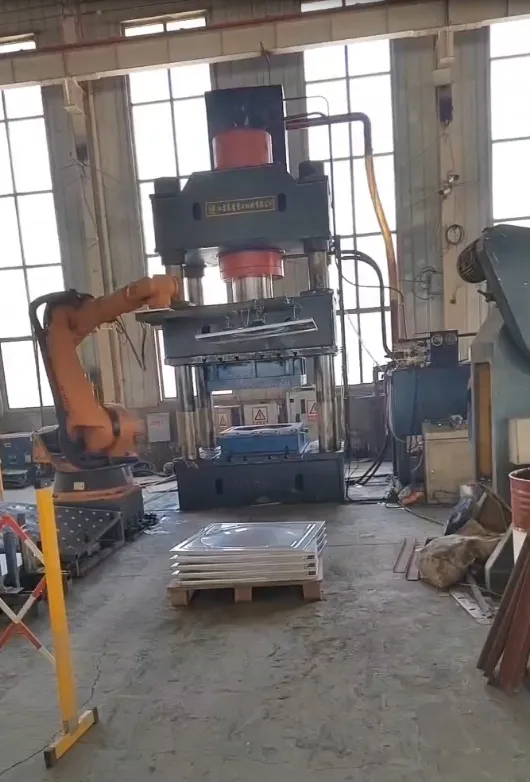loading...
- No. 9, Xingyuan South Street, Dongwaihuan Road, Zaoqiang County, Hengshui, Hebei, China
- admin@zjcomposites.com
- +86 15097380338
- Welcome to visit our website!
Exploring the Benefits and Applications of Glass Fiber Reinforced Polymer Rebar in Construction Materials
Glass Fiber Reinforced Polymer Rebar A Modern Solution for Construction
In recent years, the construction industry has been evolving, driven by the demand for innovative materials that offer increased durability, corrosion resistance, and sustainability. One such advancement is the use of Glass Fiber Reinforced Polymer (GFRP) rebar, a revolutionary product that is gaining traction across various construction applications. GFRP rebar is a composite material made from high-strength glass fibers embedded in a polymer matrix. This combination provides unique properties that distinguish it from traditional steel rebar.
Glass Fiber Reinforced Polymer Rebar A Modern Solution for Construction
Furthermore, GFRP rebar has a much lower weight compared to steel rebar. This lightweight nature offers several benefits during construction. First, it simplifies transportation and handling, reducing labor costs and increasing efficiency on-site. Workers can easily manipulate and install GFRP rebar without the need for heavy lifting equipment. Additionally, this lower weight allows for more straightforward design considerations in structural engineering, enabling designers to create lighter and more efficient structures without compromising strength or integrity.
glass fiber reinforced polymer rebar

Another significant advantage of GFRP rebar is its excellent tensile strength. The glass fibers provide high strength-to-weight ratio properties, making GFRP a strong alternative to traditional materials. This capability allows builders to use less material while still achieving the desired structural performance, contributing to more sustainable construction practices. Additionally, GFRP rebar exhibits a high modulus of elasticity, meaning it is less likely to experience deflection under loads, further solidifying its role as a reliable reinforcement option.
The compatibility of GFRP rebar with concrete is also noteworthy. Unlike steel, which can generate electrochemical reactions leading to corrosion, GFRP does not have any adverse reactions with concrete. This compatibility ensures that the two materials bond well, resulting in a more homogenous and robust structural element. Its non-conductive properties can also be advantageous in applications that require electrical insulation.
GFRP rebar is being utilized in various projects, from bridges and highways to residential buildings and foundations. Its application is expanding across the globe, especially in regions where infrastructure resilience is a critical concern. As the construction industry continues to prioritize sustainability and long-term durability, GFRP rebar is poised to become a standard material in the toolkit of engineers and architects.
In conclusion, Glass Fiber Reinforced Polymer rebar represents a significant advancement in construction technology. With its corrosion resistance, lightweight properties, high tensile strength, and compatibility with concrete, GFRP rebar offers an attractive alternative to traditional steel reinforcement. As the industry embraces these modern solutions, GFRP rebar stands out as a material that can enhance the durability, safety, and sustainability of our built environment, paving the way for the structural innovations of the future.
-
GRP Structures: The Future of Lightweight, High-Performance EngineeringNewsJun.20,2025
-
FRP Water Tank: High-Performance Storage for Corrosive and Clean Water SystemsNewsJun.20,2025
-
FRP Square Tube: The New Industry Standard for Chemical and Structural ApplicationsNewsJun.20,2025
-
FRP Pultruded Profiles: The Ultimate Choice for Lightweight Structural StrengthNewsJun.20,2025
-
FRP Handrails: The Safer, Smarter, and Stronger Choice for Modern InfrastructureNewsJun.20,2025
-
FRP Grating: The Smart Solution for Durable, Lightweight Industrial FlooringNewsJun.20,2025
-
Why Choose a Galvanized Water Tank for Your Storage NeedsNewsMay.21,2025
